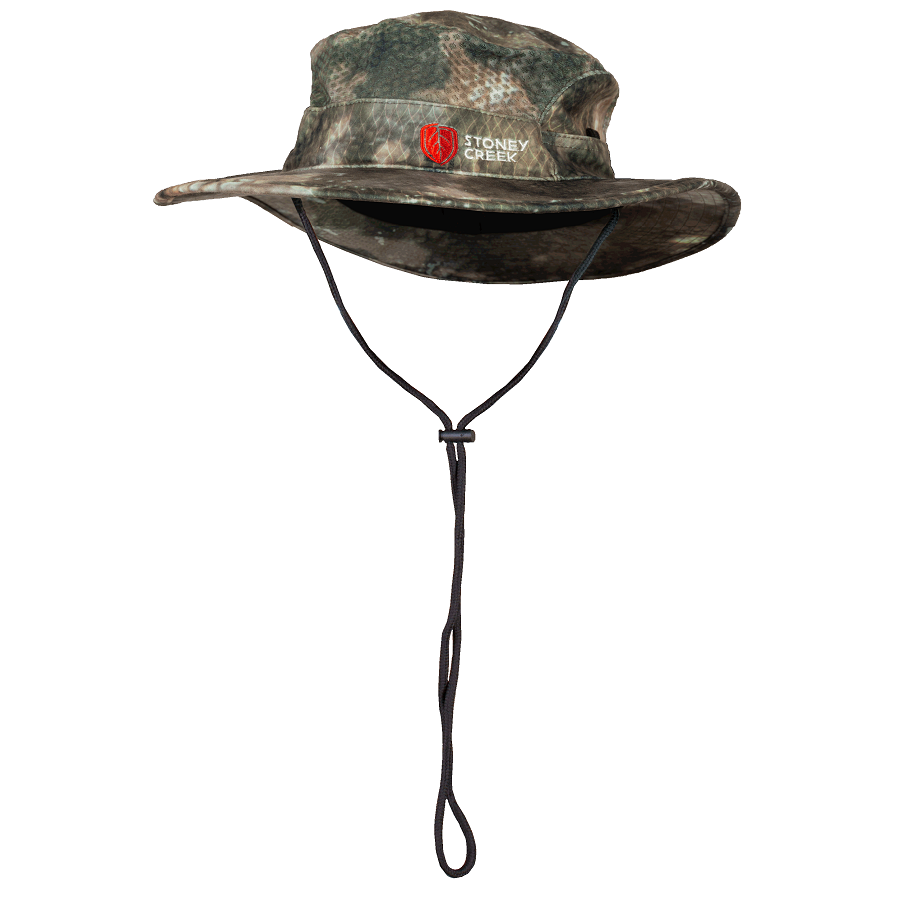Introduction
Hats serve as both functional and fashionable accessories. Whether you wear them to shield yourself from the sun, keep warm in the winter, or make a style statement, maintaining their cleanliness is key to preserving their appearance and longevity. In this ultimate guide, we’ll explore various types of hats, the potential materials they are made from, and comprehensive cleaning techniques tailored to each.
Understanding Your Hat
Before diving into the cleaning process, it’s essential to identify the type of hat you own and its fabric composition. Common hat styles include:
- Baseball Caps: Generally made from cotton or polyester, featuring a sturdy brim.
- Wool Hats: Like fedoras or beanies, made from wool, felt, or a blend.
- Straw Hats: Often used for sun protection, made from woven straw or similar materials.
- Visors: Usually lighter, made from cotton or performance fabrics.
- Bucket Hats: Soft, brimmed hats often made from cotton or waterproof materials.
Knowing your hat’s material will guide you in selecting the right cleaning method.
General Cleaning Tips
- Read Care Labels: Always check for any care labels that may provide specific cleaning instructions.
- Frequency of Cleaning: Hats don’t require frequent washing unless they are heavily soiled or have absorbed sweat. Depending on usage, a clean every few weeks to a couple of months is often sufficient.
- Gentle Approach: Opt for gentle cleaning methods to avoid damaging the fabric or shape of the hat.
Cleaning Techniques by Hat Type
Baseball Caps
Spot Cleaning:
- Materials Needed: Soft cloth, mild detergent, warm water, soft-bristle brush.
- Steps:
- Mix warm water with a small amount of mild detergent.
- Dampen a soft cloth in the solution and gently scrub the stained areas.
- Use a soft-bristle brush for tougher stains, especially around the brim.
- Rinse with a cleaner damp cloth and allow to air dry.
Machine Washing:
- Ensure no embellishments or loose parts.
- Place the cap in a hat cage or a pillowcase before washing on a delicate cycle with cold water.
- Air dry, never put it in the dryer.
Wool Hats
Hand Wash:
- Materials Needed: Wool detergent, basin of cool water.
- Steps:
- Fill a basin with cool water and add a small amount of wool detergent.
- Immerse the wool hat, gently agitating it without scrubbing.
- Rinse thoroughly in cool water until all detergent is gone.
- Reshape and lay flat to dry, away from direct sunlight.
Dry Cleaning:
- For high-value or specialty wool hats, consider professional dry cleaning.
Straw Hats
Surface Cleaning:
- Materials Needed: Soft brush, damp cloth, white vinegar (for stains).
- Steps:
- Use a soft brush to remove dust and debris.
- For stains, mix equal parts water and white vinegar, dampen a cloth, and lightly scrub the affected area.
- Follow up by drying with a clean cloth and air drying away from direct heat.
Visors
Quick Clean:
- Materials Needed: Cloth, water, mild detergent.
- Steps:
- Dampen a cloth with a mix of water and mild detergent.
- Wipe the visor and strap areas clean.
- Rinse with a damp cloth and allow it to air dry.
Bucket Hats
Machine Wash or Hand Wash:
- Materials Needed: Mild detergent, water, soft brush.
- Steps:
- For cotton bucket hats, check if machine washing is acceptable; use a gentle cycle.
- For hand washing, mix detergent with cool water, gently scrub, and rinse thoroughly.
- Air dry by reshaping the hat carefully.
Additional Maintenance Tips
- Storing Hats: Store hats in a cool, dry place. Avoid crushing them; use hat boxes or dedicated shelves.
- Avoiding Sweat Stains: Use sweatbands or liners if you wear a hat often, particularly in hot climates, to absorb moisture.
- Deodorizing Tips: Leave a small bowl of baking soda inside the hat when storing to keep it fresh.
- Protective Sprays: Consider using fabric protectants for scuff prevention on fabric hats.

Why Clean Your Hat?
Hats can accumulate dirt, sweat, and odors over time. Regular cleaning not only preserves their appearance but also extends their lifespan. Cleaning removes bacteria and allergens, especially if you wear your hat frequently. Furthermore, freshening up your hat can enhance its comfort, making it a pleasure to wear once again.
Materials You’ll Need
Before diving into the cleaning process, gather the following materials:
- Soft-bristle brush or lint roller
- Mild detergent (preferably one designed for delicates)
- Soft cloths or sponges
- Clean water
- Hat cleaning spray (optional)
- A bowl or basin for soaking
- Towel for drying
Step-by-Step Cleaning Process
Read Care Instructions
Before proceeding, check the label on your hat for specific care instructions. Different materials may require varying cleaning methods. For instance, wool hats may need different treatment compared to cotton or synthetic materials.
Remove Loose Debris
Using a soft-bristle brush or a lint roller, gently remove any loose dirt, dust, or debris from the surface of the hat. Pay extra attention to the brim and crown, as these areas are more likely to collect hair and lint.
Spot Clean Stains
Identify any specific stains or spots on your hat. Mix a small amount of mild detergent with water to create a soapy solution. Dampen a clean cloth or sponge in the solution, wringing it out until it’s just moist, and gently dab at the stains. Avoid rubbing too hard, as this can damage the fabric. Rinse the cloth with clean water and dab again to remove any soap residue.
Prepare for a Deep Clean (if necessary)
For hats that need a thorough washing (like cotton or polyester caps), prepare to soak them. Fill a basin or bowl with lukewarm water, adding a small amount of mild detergent. Submerge the hat carefully, ensuring that it’s fully immersed without excessive agitation. If your hat is made of a more delicate material, such as wool or straw, it’s best to avoid soaking it altogether.
Gently Wash the Hat
For fabric-based hats:
- For sturdier hats, gently swish the hat in the soapy water for a minute or two, paying attention to the areas that typically gather sweat, like the sweatband.
- For delicate hats, use the damp cloth method instead of soaking. Gently blot the surface, taking care not to distort the shape.
Rinse Thoroughly
After washing, it’s crucial to rinse the hat to remove any detergent residue. For fabric hats, let the water run over the hat until it runs clear. If you used a cloth to clean the hat, rinse the cloth and gently wipe down the hat to help rinse away soap.
Shape and Dry
To maintain the shape of your hat, it’s essential to dry it properly. Avoid wringing it out, as this can alter its form. Instead, press it gently between your hands and then lay it on a clean towel to absorb excess moisture. Reshape the hat to its original form and let it air dry in a cool, shaded area (away from direct sunlight, as this can cause fading). Avoid using a dryer, as the heat can damage the materials.
Restore the Brim (if needed)
If your hat has a brim, you may want to restore its shape. Once the hat is almost dry but still slightly damp, you can reshape the brim with your hands. For hats with stiff brims, you can place them flat on a towel or use a hat form to maintain the shape as they dry.
Freshen Up
Once the hat is fully dry, you can use a hat cleaning spray or fabric refresher to keep it smelling fresh. Be sure to test any spray on a small area first to ensure it doesn’t affect the color or fabric.
Store Properly
After your hat is clean and dry, store it in a cool, dry place to maintain its shape and condition. You can use hat boxes or other forms of headwear storage. Never stack other items on top of your hats, as this can lead to misshaping or crushing.
Special Considerations
- Wool Hats: Always spot clean and avoid soaking wool hats, as they can shrink.
- Straw Hats: Dust with a soft brush and avoid water exposure. For dirt, spot clean with a damp cloth.
- Baseball Caps: These can usually be machine washed, but place them in a hat frame or a pillowcase to protect their shape.
- Leather Hats: Wipe with a damp cloth, and dry with a soft cloth. Use leather conditioner if needed.

Conclusion
Cleaning and maintaining your hats can enhance their lifespan and keep them looking stylish. By understanding the materials and utilizing appropriate cleaning techniques, you can care for your hats effectively. Regular upkeep not only extends the life of your favorite accessories but also ensures that you continue to put your best head forward! Whether you’re gearing up for a day in the sun or preparing for winter, remember that a little care goes a long way in preserving your headwear.
